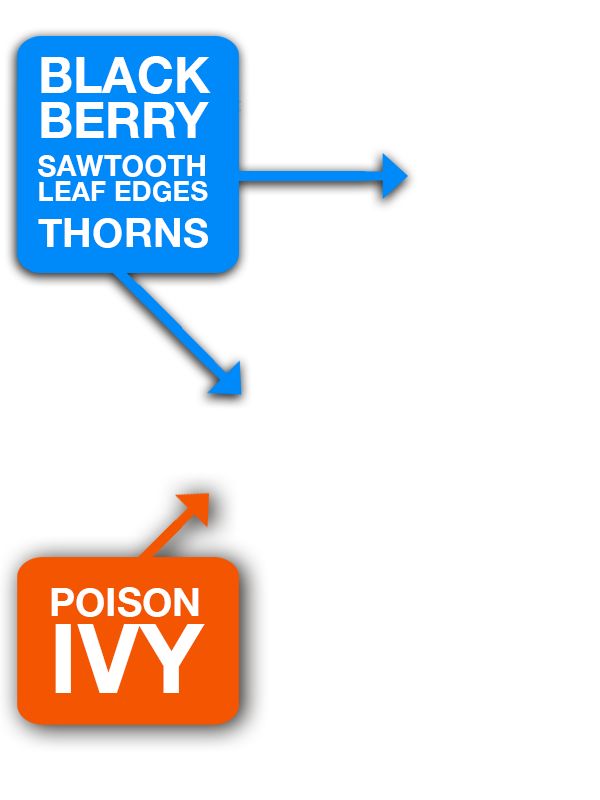This quiz is about eastern poison ivy, the most common source of trouble. But there is also western poison ivy.
Touch the images to see if this vine “leaves of three” is poison ivy or not.
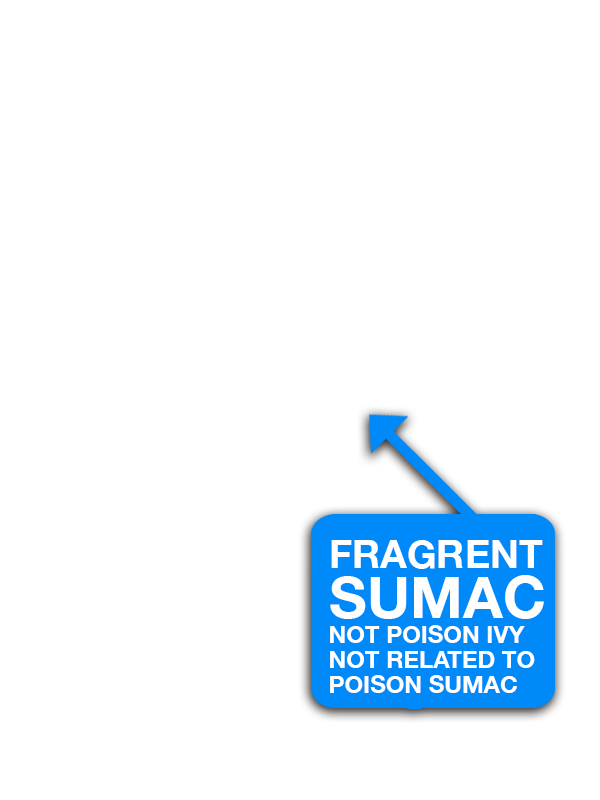
Touch the image to see which leaves and berries are poison ivy and which are not.
These two plants very often grow intertwined, so watch out!
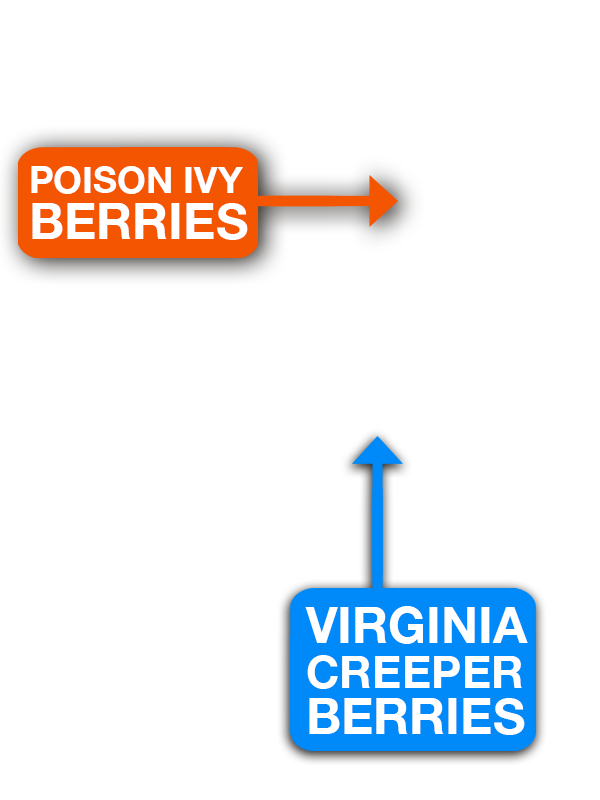
Touch the image to see which leaves are poison ivy and which are not.
The one that is not poison ivy was used to create a delicious drink. Its roots smell like root beer.
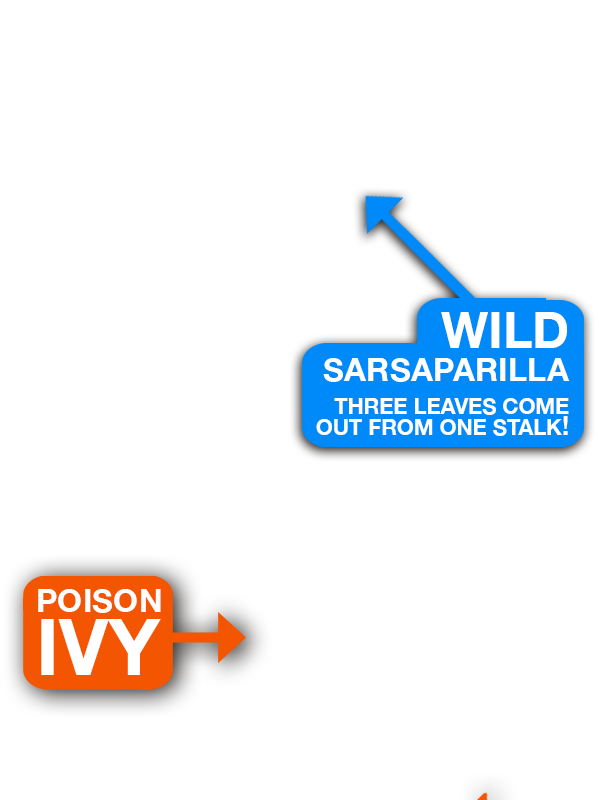
Touch the image to see which vine is poison ivy and which is not.
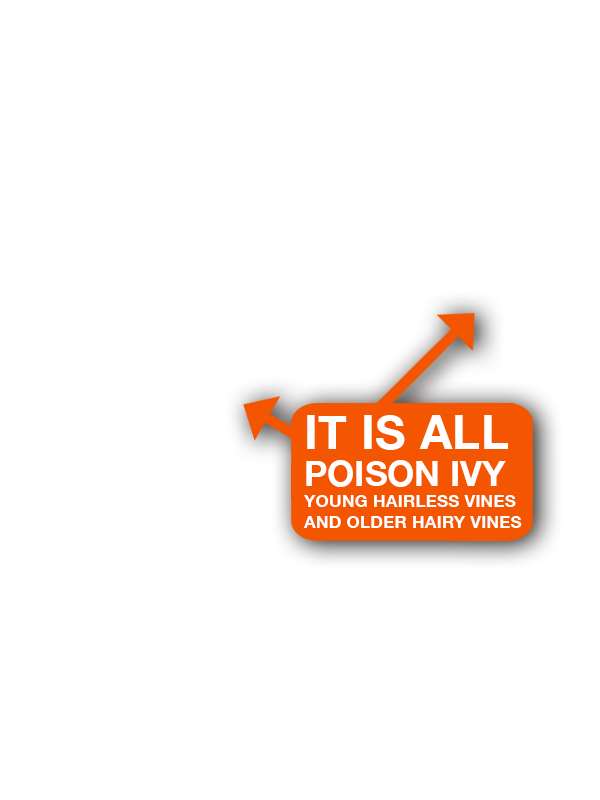
Touch the image to see which leaves are poison ivy.
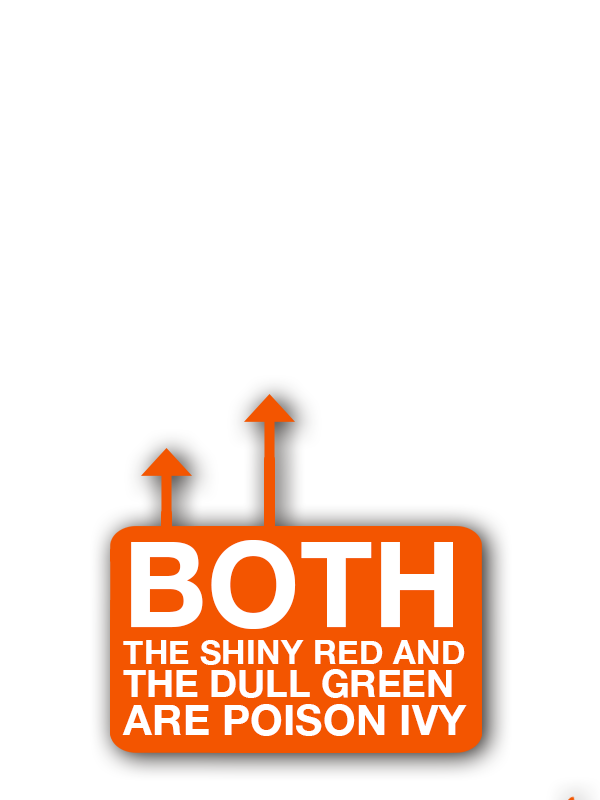
Touch the image to see whether this plant is poison ivy or not.
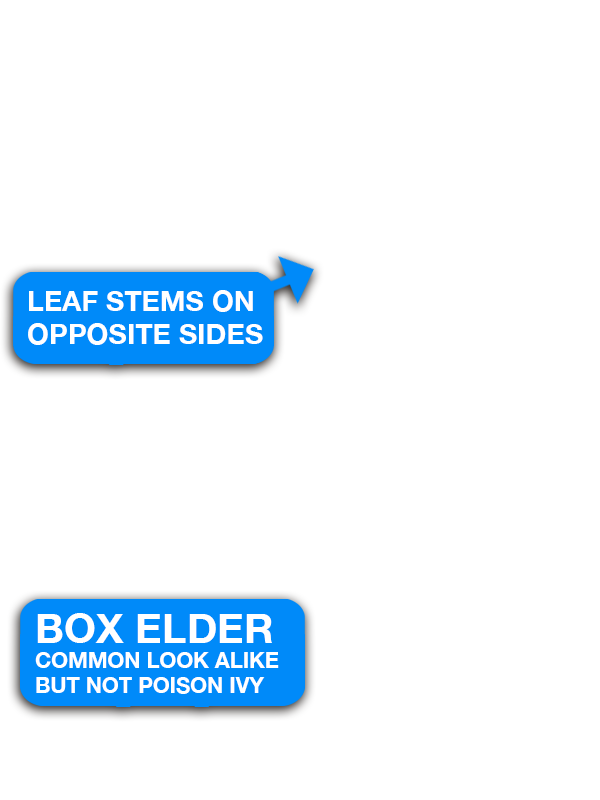
Touch the image to see which leaves are poison ivy and which are not.

Touch the image to see which plant is poison ivy and which is not.
